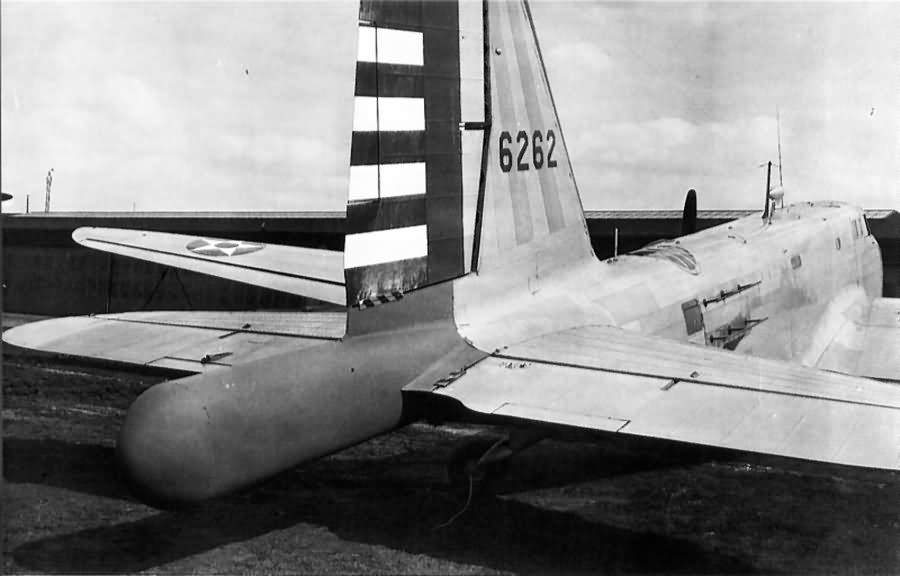The development of the Magnetic Airborne Detector (MAD) was a critical innovation during World War II, aimed at detecting submerged submarines, particularly German U-boats, by measuring distortions in the Earth’s magnetic field caused by the submarines’ steel hulls. Here’s a breakdown of the key points:
Magnetic Properties of Ships
- Ferrous Metals in Ships: The steel hull of a ship contains clusters of iron molecules, called “domains,” which behave as tiny magnets. When a ship is constructed, processes like welding and riveting align these domains, giving the hull a permanent magnetic field.
- Magnetic Signature: The magnetic field of a ship comprises both its permanent magnetic field and an “induced field,” where the Earth’s magnetic flux lines concentrate around the ship. This combined magnetic field creates a “magnetic signature” that can be detected and measured.
Early Development of MAD
- Challenges with Pre-War Technology: Before the war, magnetometers used in mining to detect underground mineral deposits were not sensitive enough to detect smaller objects like submarines.
- Breakthrough with Saturable-Core Magnetometer: In 1940, Dr. Victor Vacquier of the Gulf Research and Development Company developed the “saturable-core” magnetometer, which was significantly more sensitive than previous models. This innovation caught the attention of the National Defense Research Committee (NDRC) in 1941, which saw its potential for anti-submarine warfare.
Difficulties in Submarine Detection
- Magnetic Field Sensitivity: The Earth’s magnetic field, which varies by latitude, averages about 50,000 gammas. In contrast, a World War II U-boat at 400 feet produced a magnetic field of only 10 gammas, which decreased significantly with distance. For instance, at 800 feet, the field would drop to 1.25 gammas.
- Aircraft and Equipment Interference: To avoid interference from the aircraft’s metal components, the MAD device had to be placed far from the aircraft’s body, often at the tail or wingtip. Even minor misalignments with the Earth’s magnetic field could significantly reduce the device’s sensitivity.
- Operational Constraints: The limited range of the early MAD devices required aircraft to fly at very low altitudes (around 100 feet) and directly over the submarine to detect it. This operational limitation made the device less useful in poor visibility or at night due to the risk of the aircraft colliding with the ocean surface.
Further Development and Operational Use
- Westinghouse and Airborne Instrument Laboratory Trials: In early 1942, these organizations conducted trials with MAD devices on Navy patrol aircraft and airships. However, the range was still short, and detections only occurred when the aircraft was directly above the submarine.
- Development of Retrobombs: A significant issue was the inability to effectively attack a detected submarine, as the aircraft’s forward speed caused depth charges to miss the target. In response, Dr. Carl Anderson of the California Institute of Technology developed the “retrobomb,” a 35-pound, Torpex-filled bomb with a solid fuel rocket. This bomb was designed to be launched backward, canceling the aircraft’s forward momentum and allowing the bomb to drop vertically onto the submarine.
